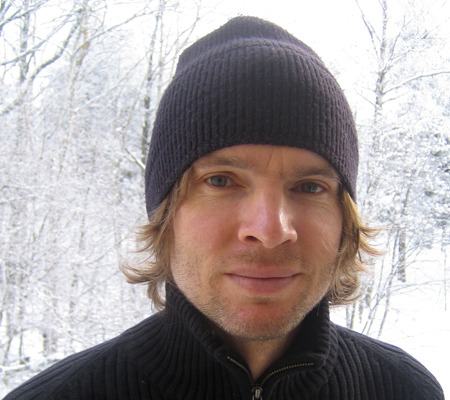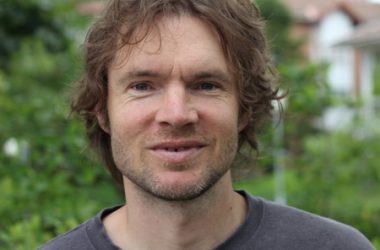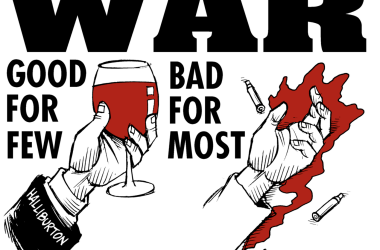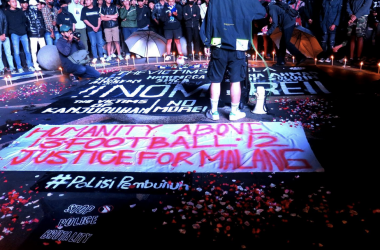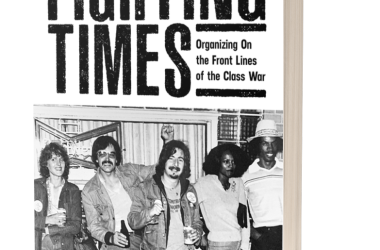By Gabriel Kuhn
In October 2016, I traveled to Babelsberg, a suburb of Potsdam, just outside Berlin. I was invited to join a panel discussion about sports and politics, organized by the Bundestag group of Germany’s Left Party.
The aptly named Karl Liebknecht Stadium in Babelsberg was chosen as a location because SV Babelsberg 03, which uses the ground, is involved in several progressive projects – for example, Welcome United 03 is a refugee team under its wings that plays in Germany’s amateur series – and the club’s supporters are known for their left-wing and antifascist stance.
I used the opportunity to meet with Holger Raschke, active in the Babelsberg supporter scene since the 1990s. While having tea and cake in his apartment overlooking one of Babelsberg’s quaintest squares, we talked, of course, about football, but not only. I was intrigued by Holger’s new professional plan: offering tours about the Soviet history of Berlin, Potsdam, and the adjunct federal state of Brandenburg. During the Cold War, the Iron Curtain ran right through Babelsberg and in many ways defined Holger’s childhood, as did the thousands of Soviet soldiers living in the region.
Fast-forward to February 2017: Holger has indeed followed through with his plans. His brand-new venture, Berlins Taiga (no apostrophe in German), has gotten off the ground and is starting with its tours this month. I decided to ask him a few more questions about it. For the latest updates, you can follow Berlins Taiga on Facebook or Instagram.
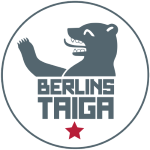
How did you get the idea for Berlins Taiga?
I’ve been thinking about this for a long time. I spent my childhood in a very interesting region. The Berlin Wall was less than two kilometers from my home. I could see the telecommunication tower of West Berlin from our kitchen window and didn’t understand why I wasn’t allowed to go there. The Soviet Army was everywhere. All around me there were endless barracks, gigantic training grounds, and military infrastructure entirely off limits. All of this made the Soviet Army familiar and exotic at the same time.
As a child, I had no idea of how central all this was for world politics. It took me years to understand this. But not least because of the fascination expressed by friends visiting from near and far, it slowly dawned on me how unique this region was. Besides, long before I had ever heard of terms like “Urbex” (Urban Exploration) or “Lost Places”, I was involved in the activities they refer to. Few things gave me bigger thrills than investigating abandoned Soviet Army barracks. Out of this came the idea for Berlins Taiga.
Can you explain the name?
I wanted a name that combined a geographical reference with a symbolic once. Berlin is world-famous, but the area around it, the federal state of Brandenburg, is very rural. This is why I think of it as the local Taiga, which, of course, is a symbol for Russia and the Soviet Union: vast forests and few people.
What do people get to see on your tours? Can you give us some examples?
In Berlin, some of the sights are obvious: the Reichstag Building, the Brandenburg Gate, Alexanderplatz, the Soviet memorials. This is what most visitors want to see. But there are much more obscure – and for me more intriguing – sights in the countryside. I really want to give people an impression of the region’s entire Soviet history: from the Red Army conquering Berlin in 1945 to the last Russian soldier leaving in 1994 after Germany’s reunification.
Do you have experience as a tour guide?
I am a trained tour guide and I have led groups before, both smaller and bigger ones. But this is the first time I’m focusing on it as a profession.
Who are the people you expect to join your tours?
I think the possible audience is very broad. Many people see Berlin as a special, very dynamic and exciting city, but it’s the city’s recent history that has made it what it is today. I think most people are aware of that and will therefore be interested in what the tours are offering.
Are you worried about accusations of romanticizing the Soviet past? It’s a touchy subject in Germany, there is even a word for it: Ostalgie, as in: nostalgia for the East (Osten in German).
I don’t worry about that too much. I admit to a weakness for Soviet art and architecture, but that’s a personal thing that won’t influence the tours. I feel confident that I can give a balanced overview. The repressive aspects of the Soviet system will be mentioned. However, I also think it’s important to consider the historical context. I will not demonize the era and pretend that we’re now living in a system without fault.
(February 2017)
More blogs from Gabriel | Back to Gabriel Kuhn’s Author Page

